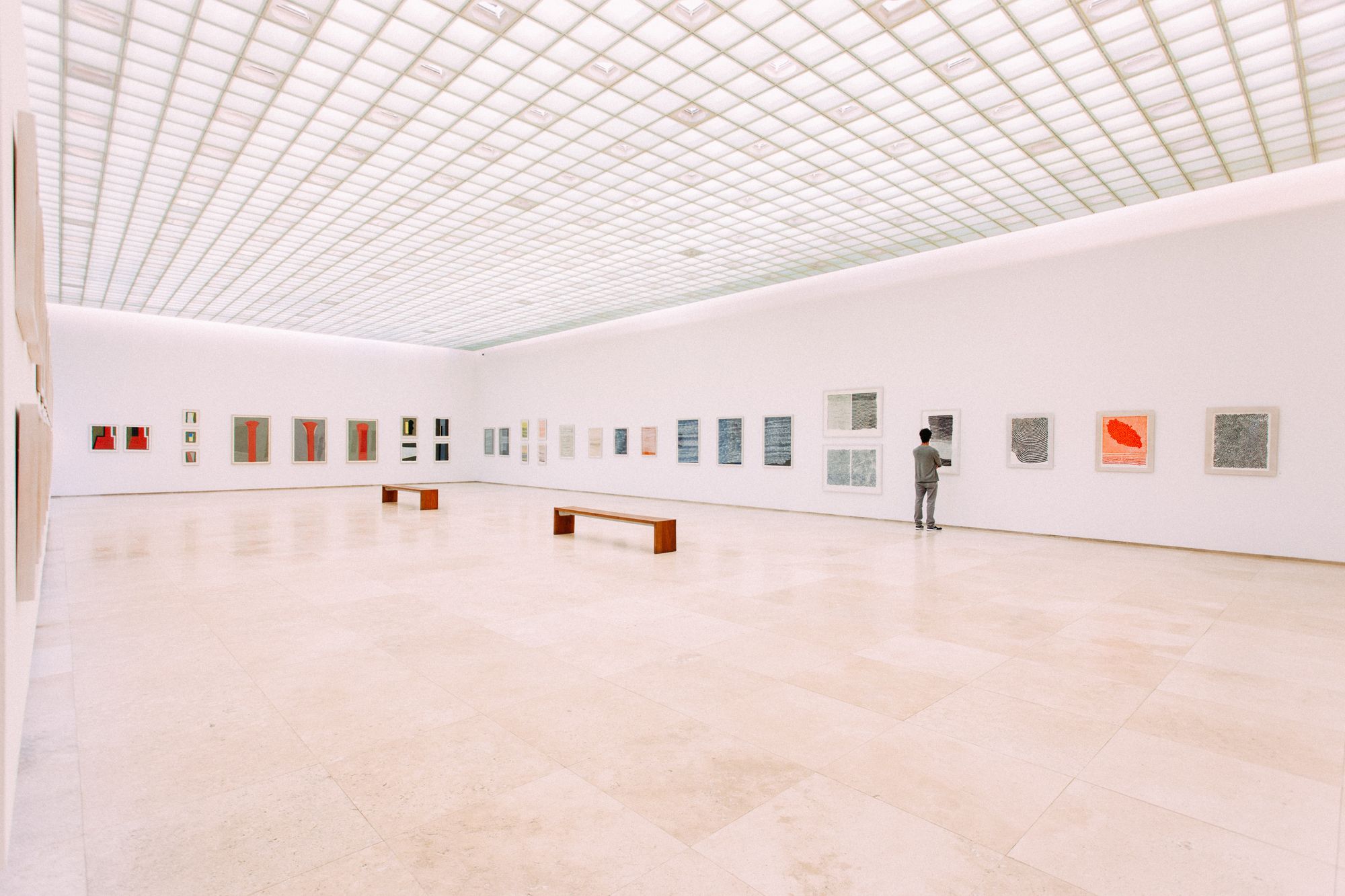
Is Investing in Art Profitable?
There are many exotic, exciting asset classes that catch the attention of long-term investors, from fine wine to jewelry. But one asset class that is gaining popularity in recent years is the collecting of art. It’s easy to understand the appeal. A beautiful piece of art not only enhances a room, but can be deeply emotive.
Of course, art is subjective, and responses to different pieces of art will vary depending on your lived experience and your taste. How can something so subjective be given a price tag? Well, it does, and pretty hefty price tags at that.
For example, a spray-painted stencil of the Mona Lisa wielding a Kalashikov rifle by English street artist Banksy was sold in 2020 for $1.5million. Price tags like that certainly make investing in art look appealing, but is it profitable? The answer is not really.
People are put off from investing in art for a number of reasons, such as getting ripped off or not seeing any returns. These concerns are totally legitimate. For one, art is not a regulated investment. If you spend thousands of dollars on a piece of art that later turns out to be a fraud, well, there isn’t a whole lot that can be done about it in terms of compensation.
Art also produces no income. Yes, you could sell it but you’re highly unlikely to make a profit due to a volatile market. The piece of art you bought may be hot property now, but the market for fine art is in a constant state of flux.
Still, despite the lack of profitability and potential for big losses, if you do your homework then investing in art could yield some returns… even if those returns are simply owning a gorgeous piece of art!
How to Start Investing in Art
Be sure to do your research so you know what style of art you would like to invest in, and also do your research on the artist too (you can find this information in the gallery you’re purchasing the artwork from). It’s also important to recognize the difference between primary and secondary markets. If artwork is being sold on the primary market it means that it is making its debut. It’s never been sold or even seen before. As you can imagine, this causes quite a buzz among art collectors and these pieces are much sought after. Meanwhile, art being sold on the secondary market is art that has been sold before.
As well as doing research on the artist, do as much research as you can on the artwork too. Often these two go hand in hand. Firstly, check the artwork’s authenticity. This is easier if the artist is still alive, but becomes more problematic if the artist is deceased. If this is the case however, a certificate of authenticity issued by an expert on the artist is the next best thing.
But your quest for authenticity isn’t over yet, as now you need to obtain an appraisal on the artwork. A piece of art that has been damaged can have a huge effect on its value, and this is also the case if the artwork has been through a substantial amount of restoration.
The art market is also a confidential one, meaning it can be hard to determine if the dealer you’re buying from is legitimate. However, researching the reputability of a gallery is a lot simpler. Information on their most notable artists and exhibits can be found on their website or by talking to a member of staff at the gallery.
Yet another thing to keep in mind is auction data and marketing hype. Again, the market for fine art is constantly shifting. The data provided by galleries and auction houses can sometimes be misleading. This is because professional appraisals can vary depending on when the piece is being sold. Newcomers to the art world can also be easily taken in by marketing hype. Try to ignore this and view each piece with a critical, objective eye.
Who Should (and Shouldn’t) Invest in Fine Art
When it comes down to it, the people who get the most out of investing in art are incredibly wealthy people who have plenty of experience with investments and are looking to diversify their portfolio. Since art has no correlation to the stock market, this means that paintings can increase in value even during a market crash. This is where the volatility of the art market can work in your favour.
Investing in art is a big commitment, and it’s believed you need to start with at least $10,000 to buy individual works or invest in an art fund. As well as having enough money to buy a piece of art, investing in a fund also means paying management fees.
Despite this, investing in art doesn’t have to be reserved for the wealthy. If you really love art and would like to invest because you have a true passion for it then there is a less expensive way to do this.
Art fairs and online marketplaces like Artfinder help art buyers with a more modest budget dabble in art investment, and these kinds of venues are only growing in number. For example, The Affordable Art Fair (AAF) launched in 1999 in London’s Battersea Park and now hosts fairs in 10 other cities around the world.
But while the art market is a volatile place, one thing that art industry experts do agree on is that you should invest in a piece of art because you genuinely like it.